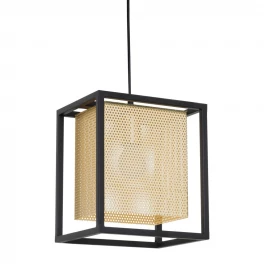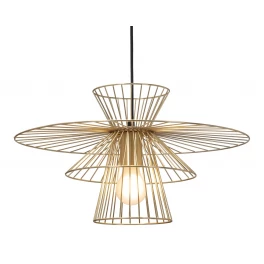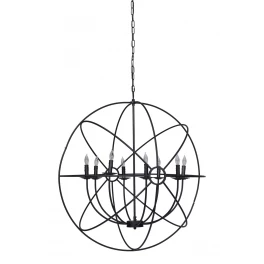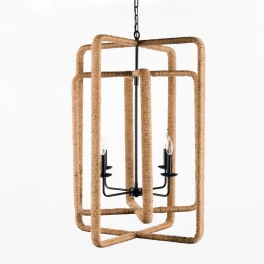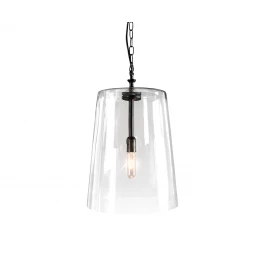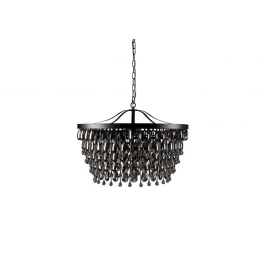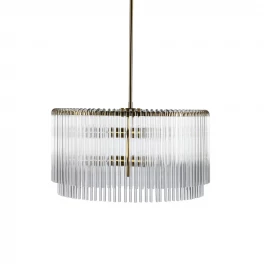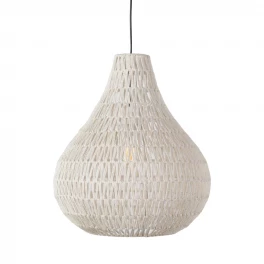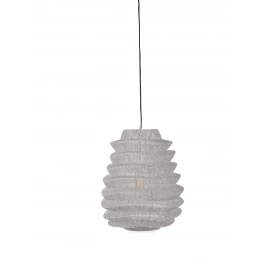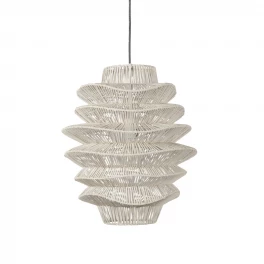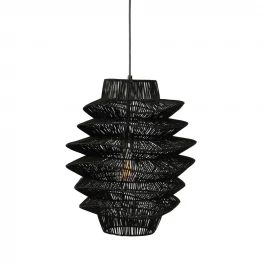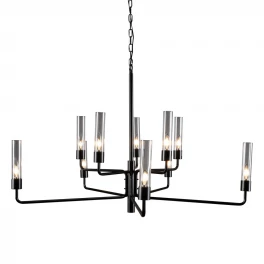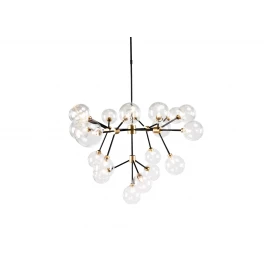Anyone who enjoys their favorite fungi stuffed, sautéed, fried, baked, and even raw may benefit from learning how to grow mushrooms. Sure, they’re not necessarily expensive, but when you grow your own mushrooms, you definitely get to enjoy more of them than you would otherwise.
Plus, it’s vitally important to know exactly what you’re eating, especially when mushrooms are involved. Some mushroom varieties are deadly if consumed, which makes “mushroom hunting” dangerous for non-experts. To stay on the safe side, it’s smart to grow your own!
Growing mushrooms at home is different from growing other edible garden plants. In fact, many mushroom cultivators see it as an art. Read on to learn how to learn how to grow your own mushrooms.
Understanding How Mushrooms Grow
Mushrooms don’t grow like your other fruits and vegetables; they require very specific growing conditions. Unless you live in a cool and damp location, such as the Pacific Northwest, it’s best to grow your mushrooms indoors to better your chances of getting good results.
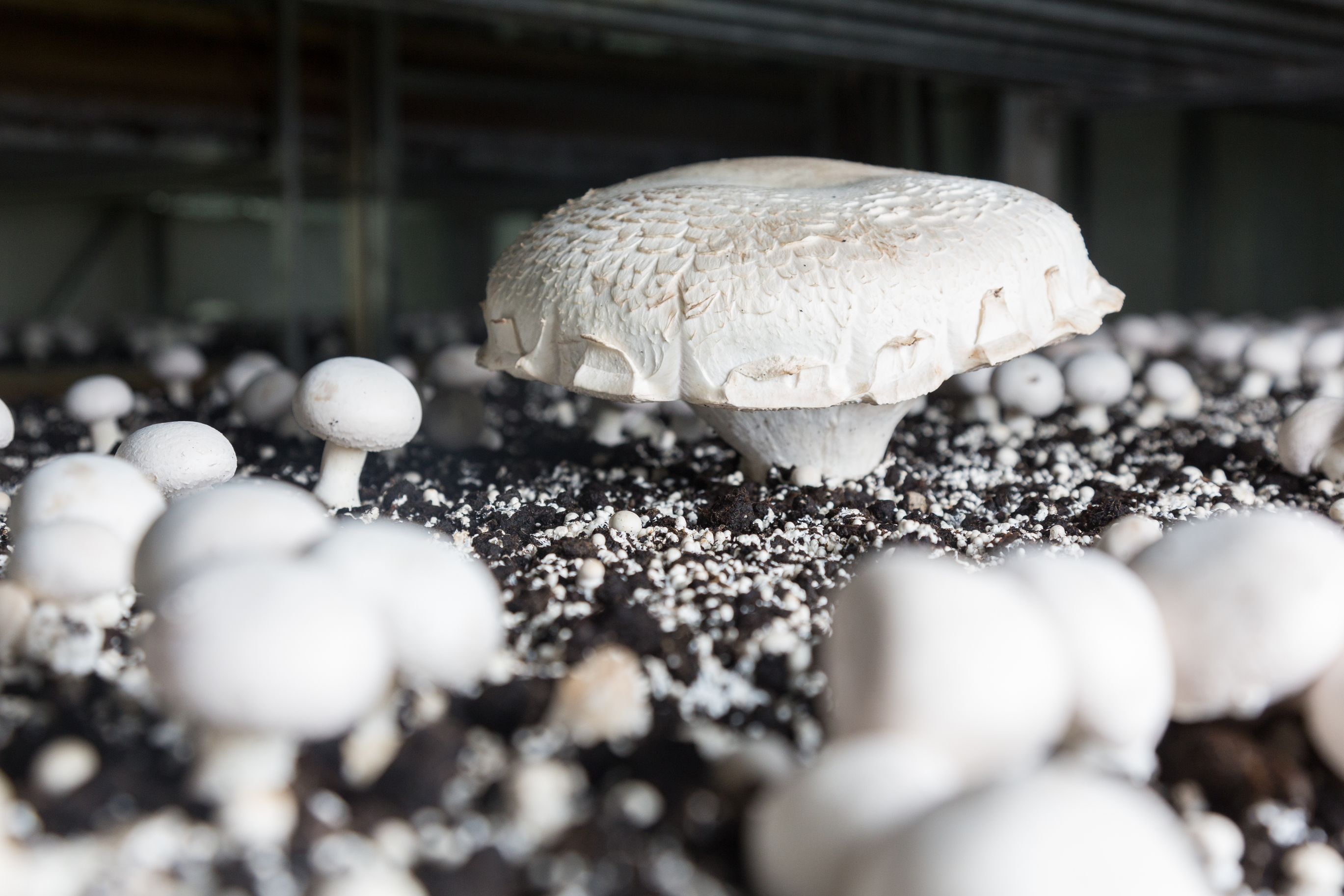
Photo by Kartinkin77 on Shutterstock
Growing indoor mushrooms in areas such as a basement, crawlspace, or closet helps to ensure you’re growing the spores at a consistent (cool) temperature and a relatively dark environment. While each species is different, in most cases it’s important to keep the mushroom-growing area at a constant 60-65℉ with 80-85% humidity.
Some sunlight is okay, especially if it’s indirect. A small basement window won’t drastically interfere with the growing cycle.
Choosing Mushroom Varieties
Some mushroom strains are easier to grow than others. Novice mushroom growers generally have good luck with these mushroom types:
- Oyster (often considered the easiest to grow)
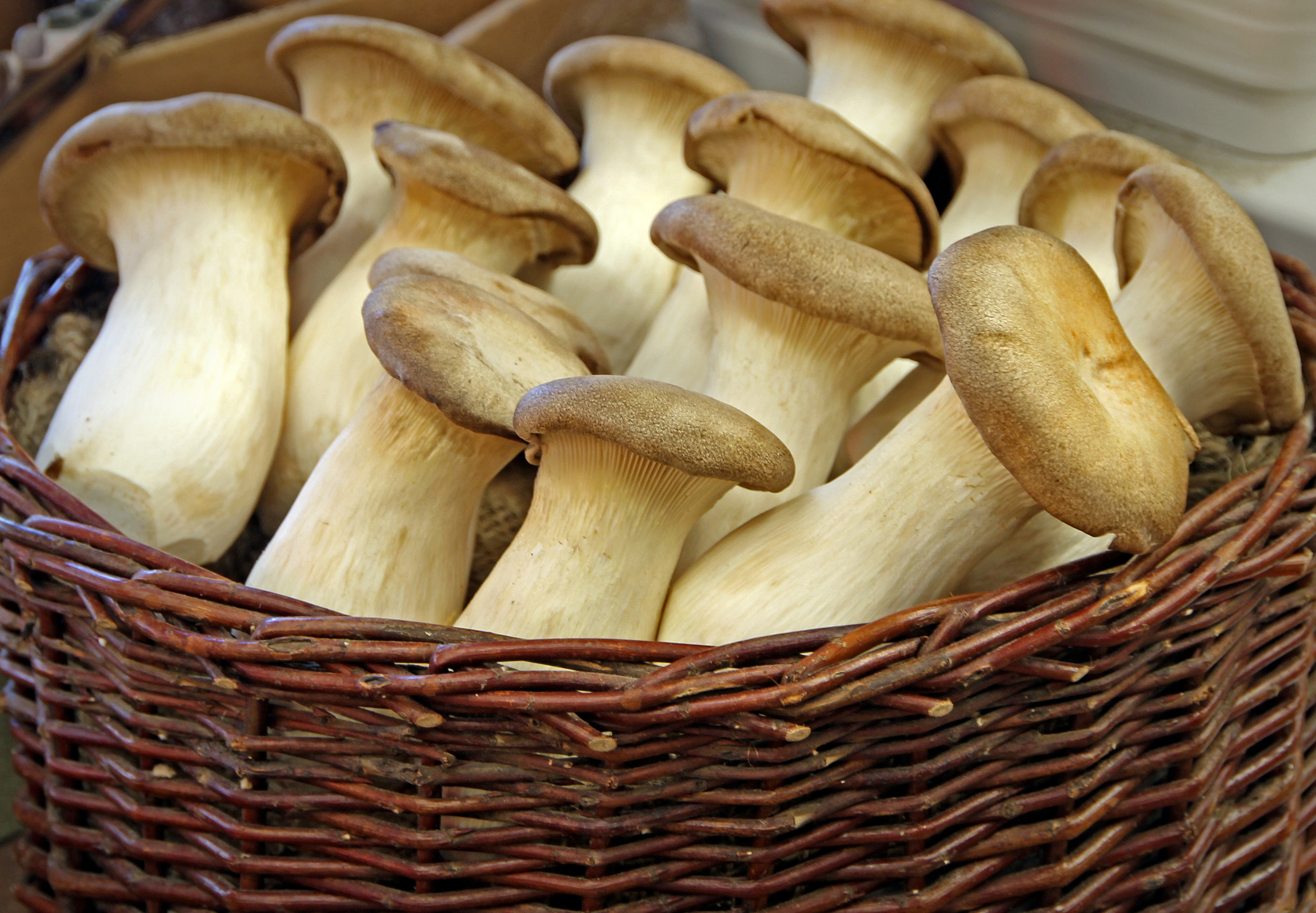
Photo by Photodynamx on Dreamstime
- Button
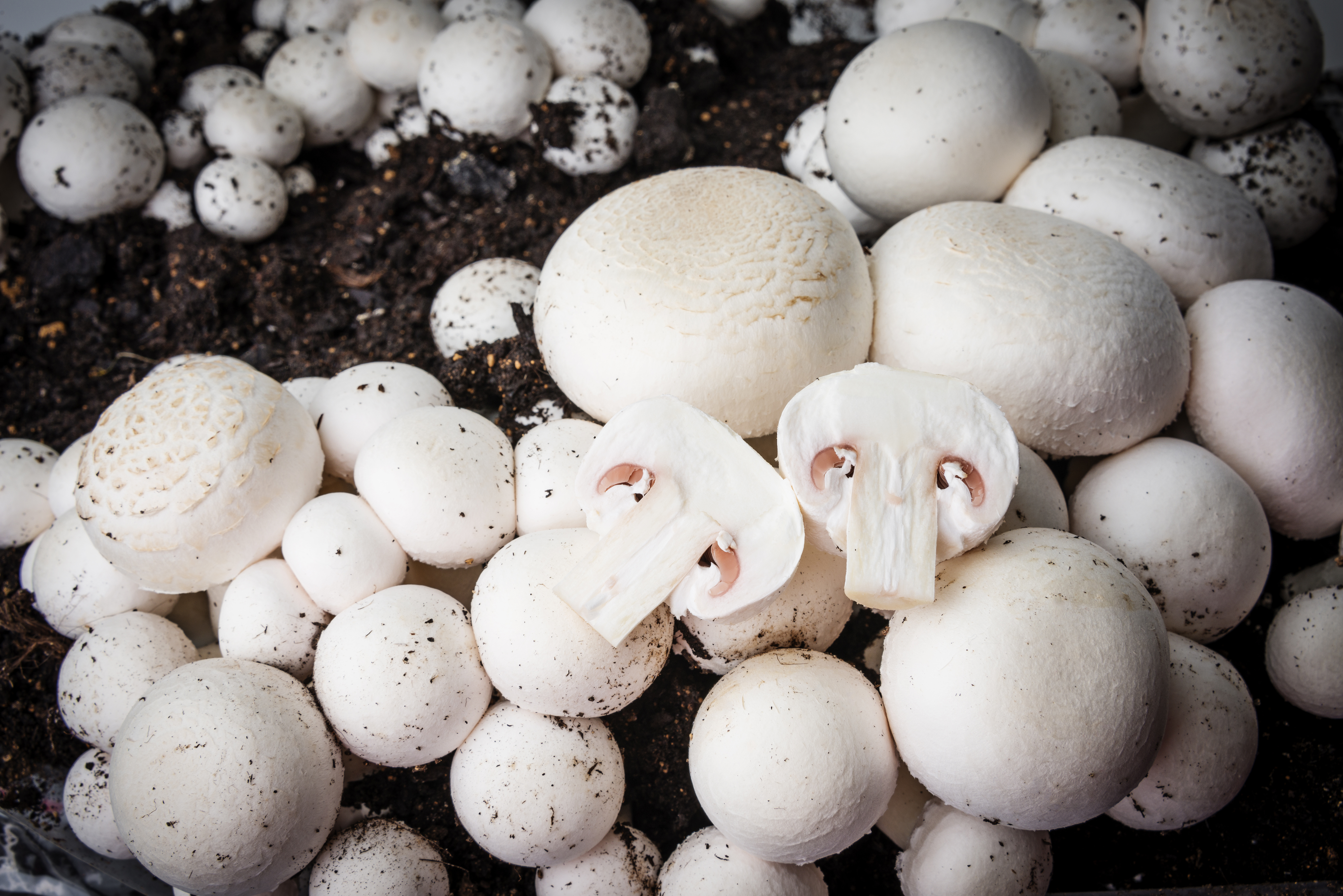
Photo by Vera Kuttelvaserova on Adobe Stock
- Shiitake
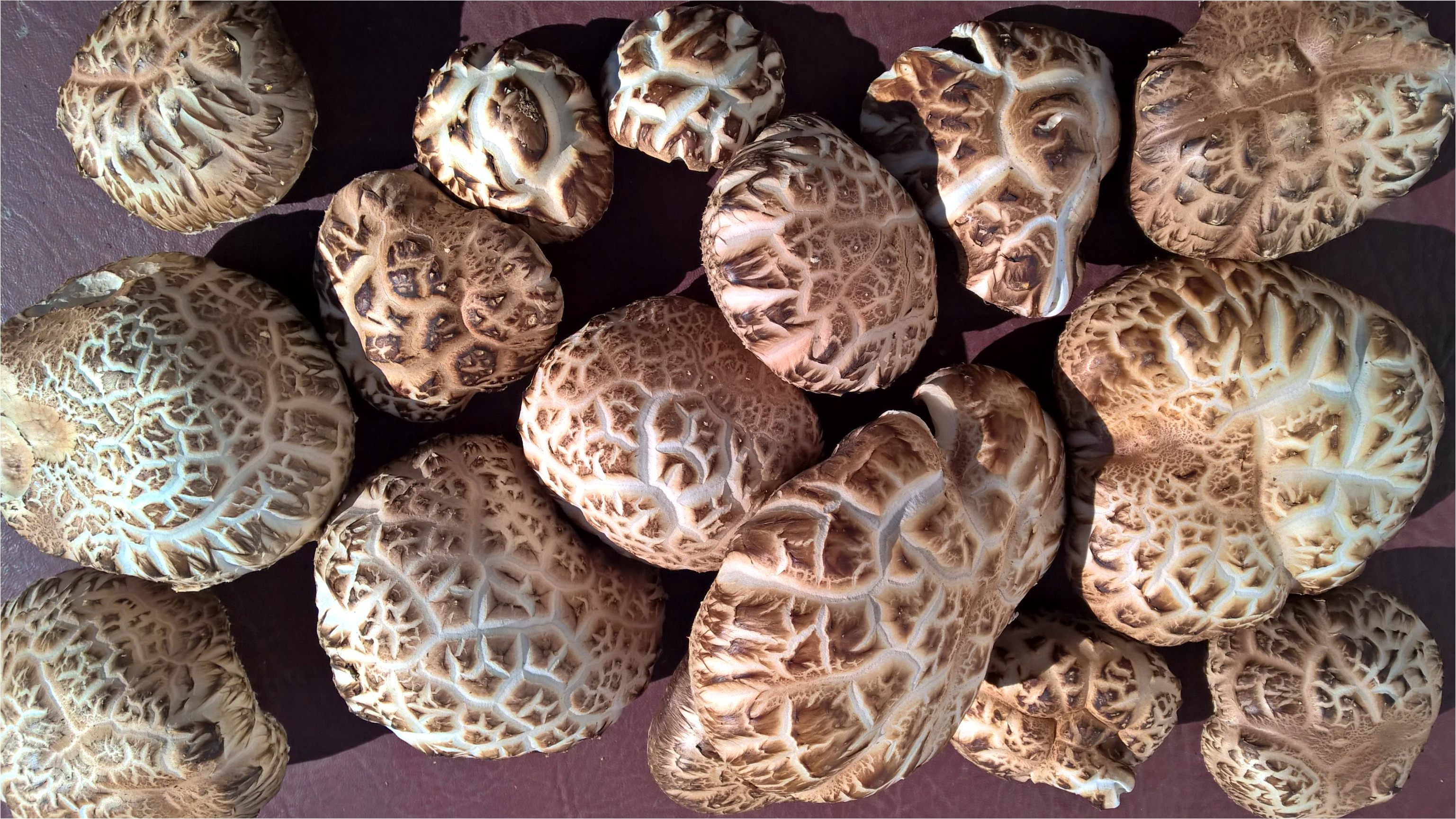
Photo by Kvaka9 on Dreamstime
- Morel
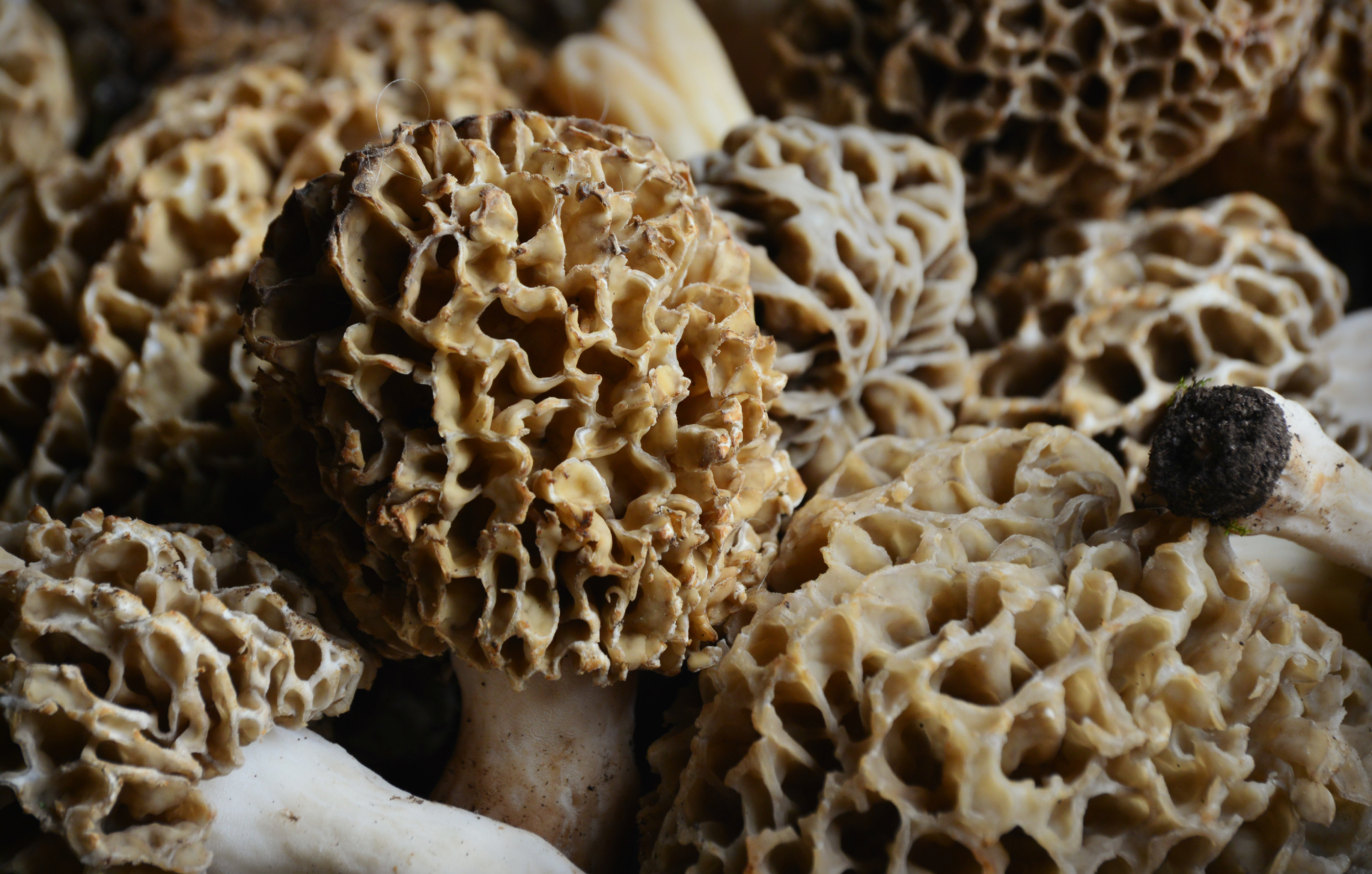
Photo by Hannah Babiak on Dreamstime
- Portobello
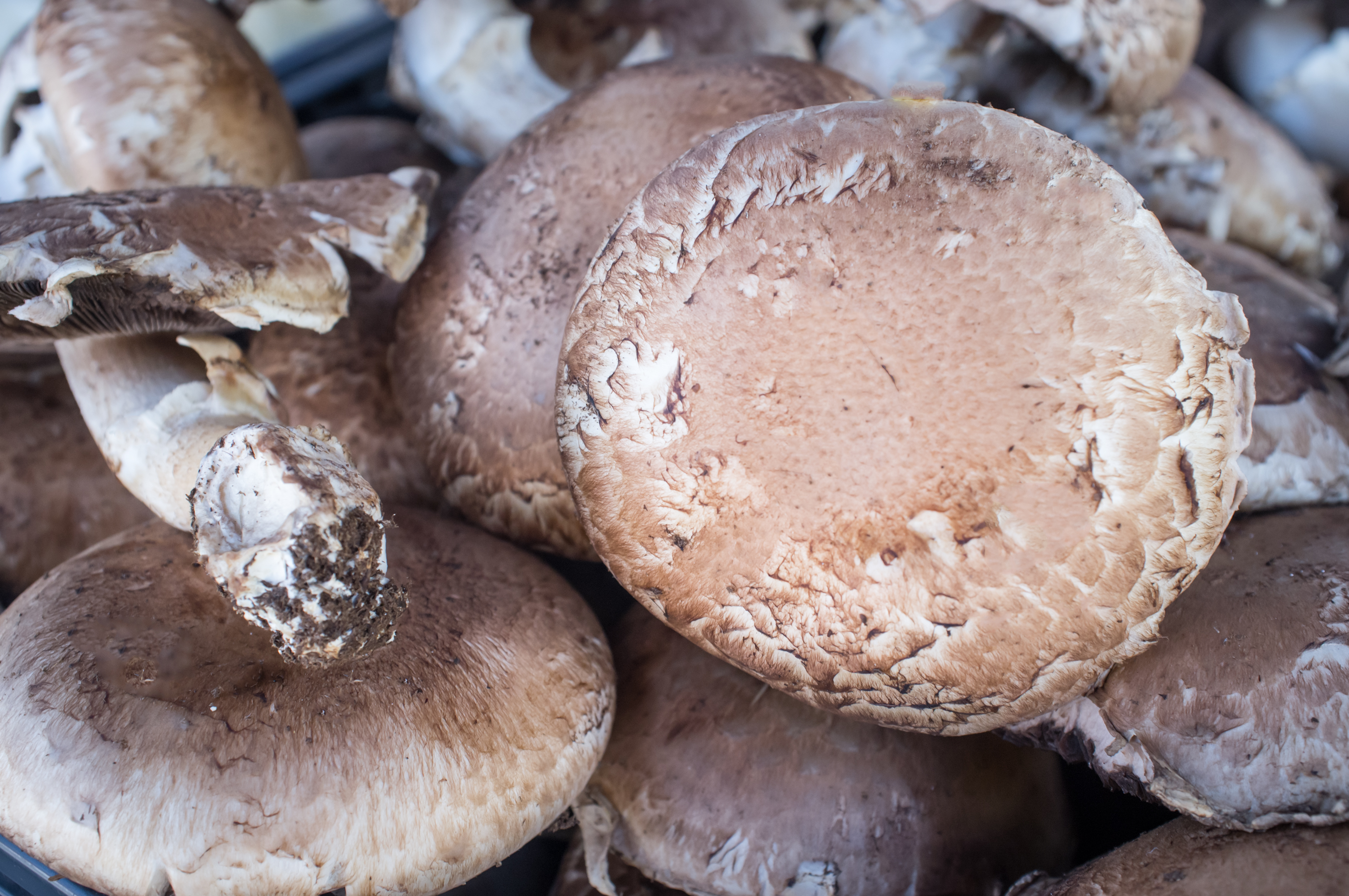
Photo by Ezume Images onShutterstock
Procuring Spores and Supplies
Mushroom spores aren’t usually sold with vegetable and fruit seeds and starts at home improvement stores and nurseries. In fact, finding spores in your community may take a bit of work. Check out the following places to find the spore varieties you want to grow:
- Local mushroom farms
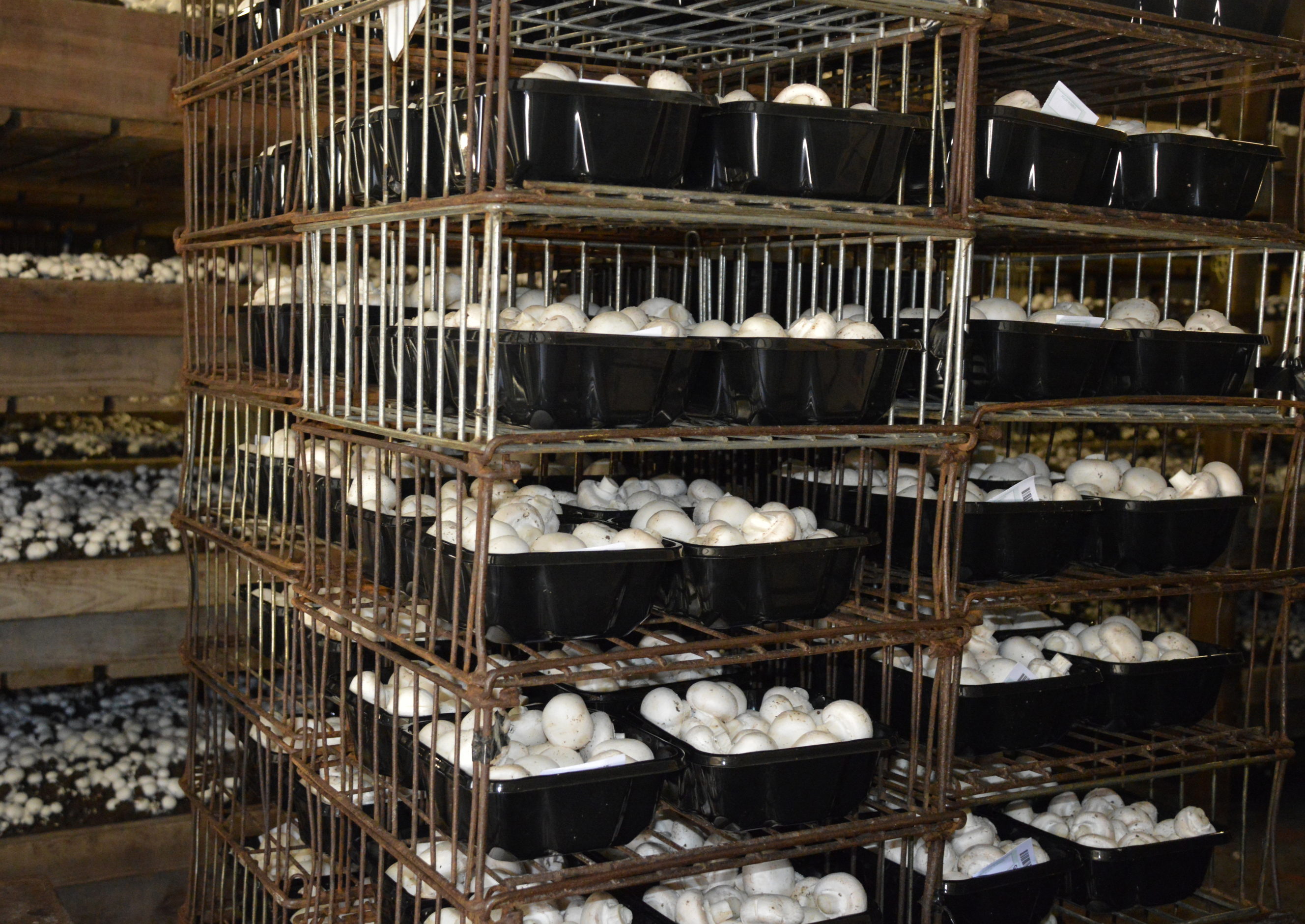
Photo by Swan555 on Dreamstime
- Mushroom/mycological stores
- Online suppliers
Each type of mushroom has different growing requirements, so research each type before committing. From there, gather the necessary supplies. Mushroom growers usually need these items:
- Spores/spawn
- Nutrient-rich organic soil or mushroom compost
- The appropriate substrate (food) for your mushrooms, such as wood chips, newspaper, straw, logs, and even sawdust
- A flat plastic container
- Humidity tent (if applicable)
- Thermometer
Planting and Harvesting Mushrooms
After collecting all your supplies, determine where you plan to grow your mushrooms. Then, sterilize your container using hot water or rubbing it with peroxide. Fill the container with a 2-3-inch layer of even organic soil or mushroom compost.
The mushroom substrate must also be sterilized. Some fungiculture experts suggest using a pressure cooker, but boiling water also does the trick. Once the substrate is free from unwanted, harmful bacteria, add it to the compost.
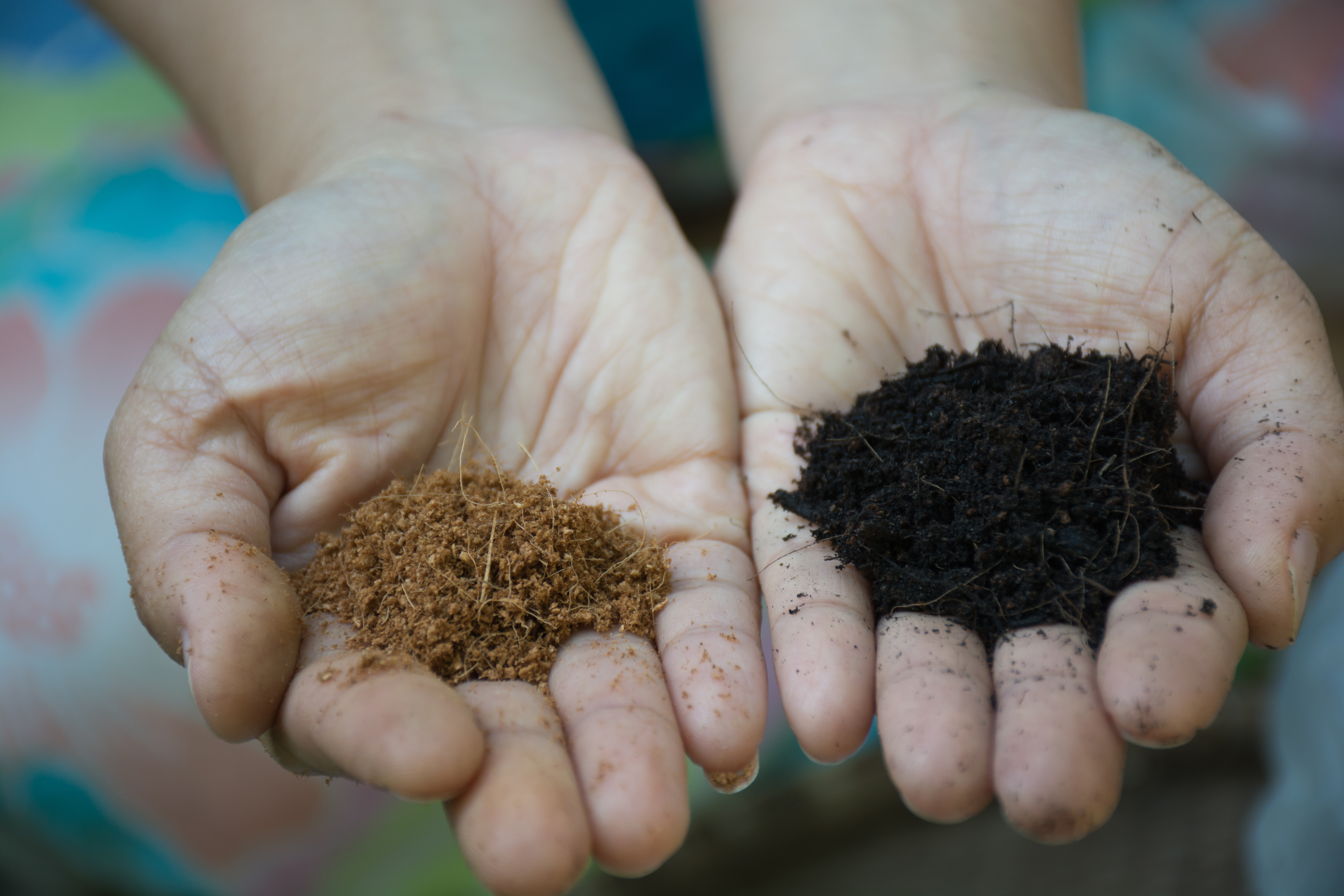
Photo by prachyaloyfar on Shutterstock
Finally, spread the spores evenly across the medium. If your mushrooms need to remain at a consistent temperature or humidity level (do your research!), consider using a humidity tent. Check the temperature in the room daily and heat/cool as necessary.
With most mushroom varieties, you should notice growth between 3-4 weeks.
Capped mushrooms are ready for harvesting once the veil (the thin layer of “skin” that connects the cap to the stem) breaks open. For flatter mushrooms such as oysters, wait until the cap begins to bend upwards. To harvest, simply pick the mushroom from the substrate.
Remember, mushrooms are fragile and susceptible to bruising. To protect your precious harvested fungi, store them in a sturdy plastic container or bowl.
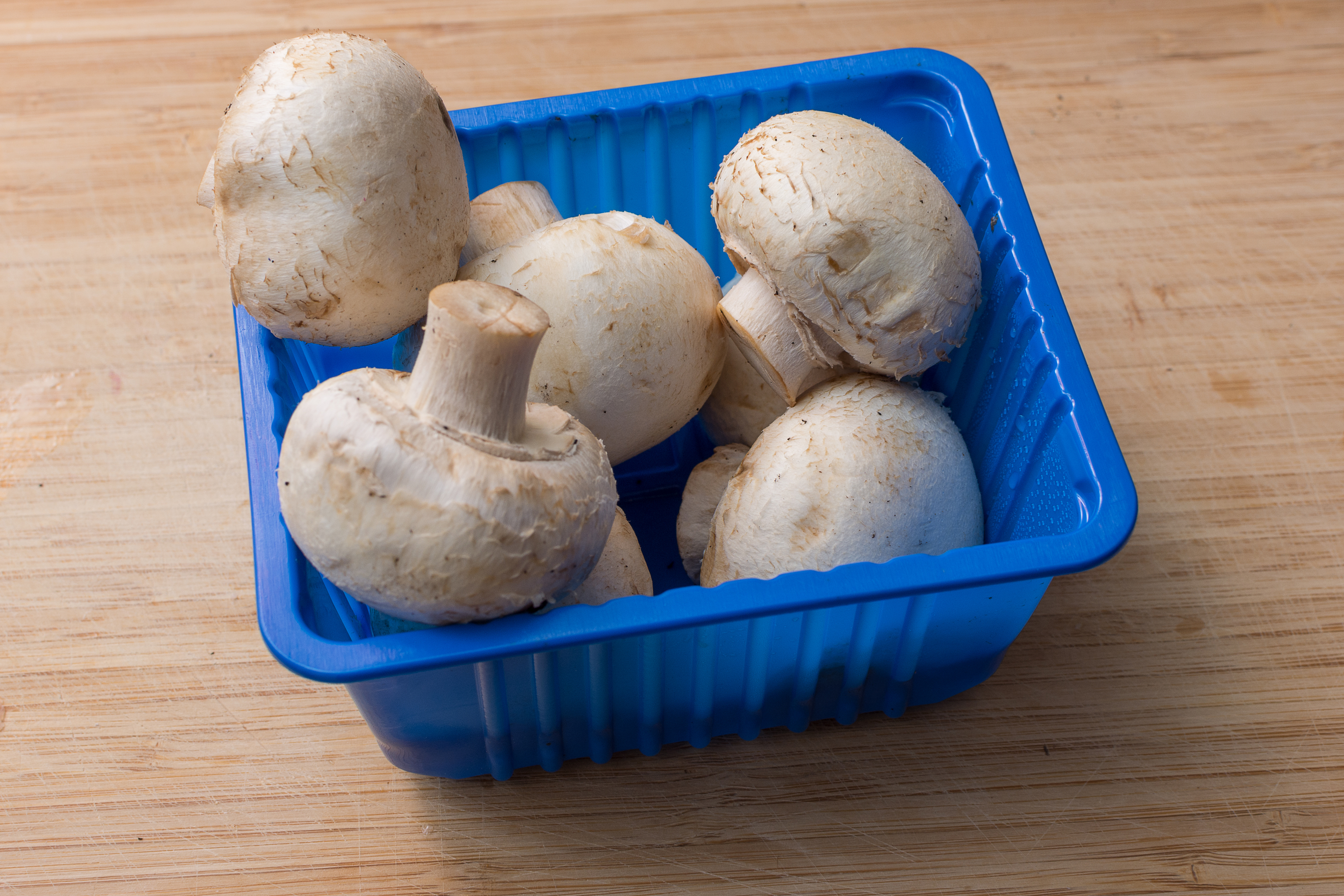
Photo by Sergei Zhukov on Dreamstime
When you wait more than 3-5 days after the mushroom appears to harvest, they’ll probably release their spores and propagate new growth.
If you’re looking to spice up your vegetable garden and incorporate new garden ideas, consider growing mushrooms indoors. Your stomach will thank you later when you bite into a delicious mushroom and swiss burger!
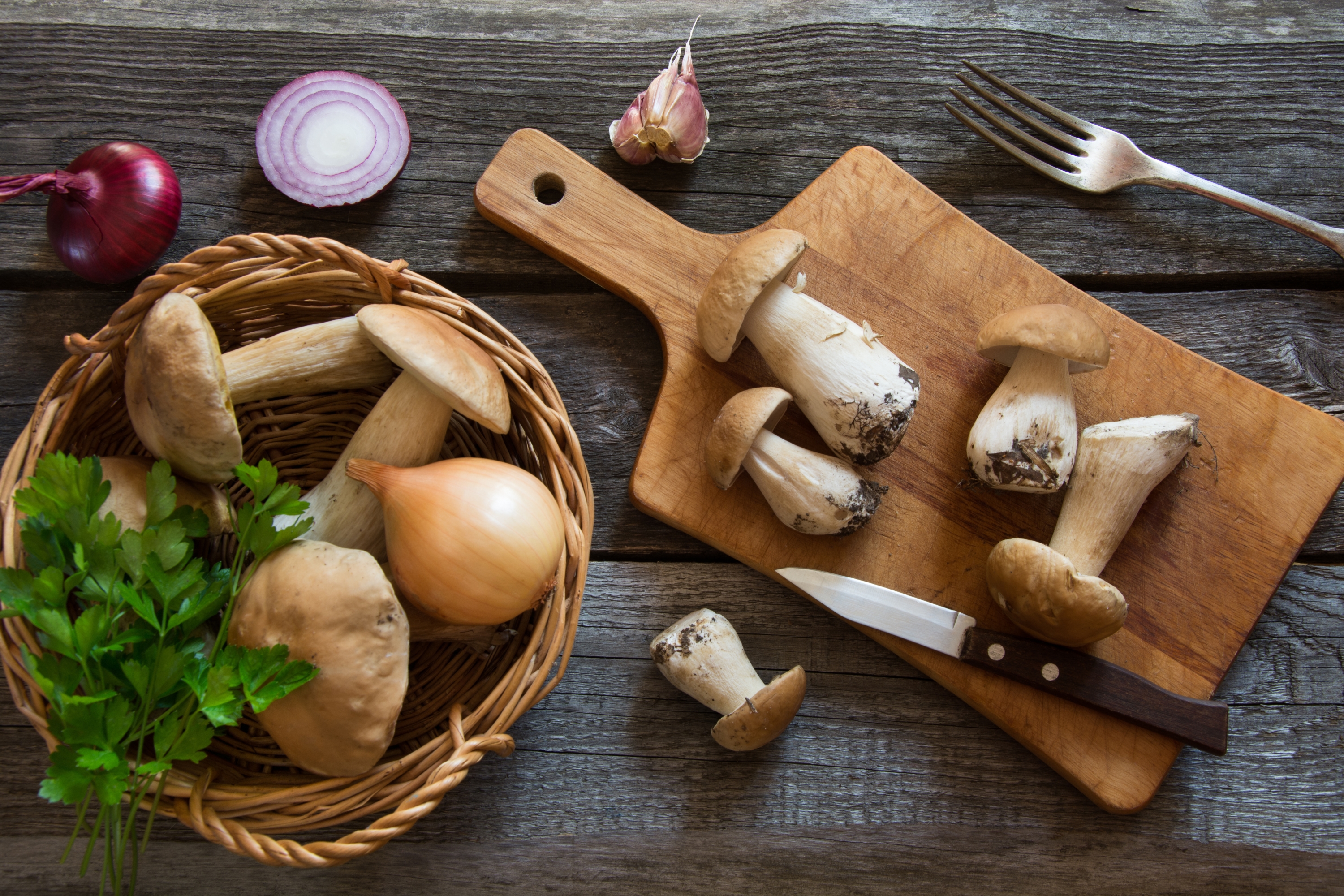
Phtoo by Lazhko Svetlana on Shutterstock




